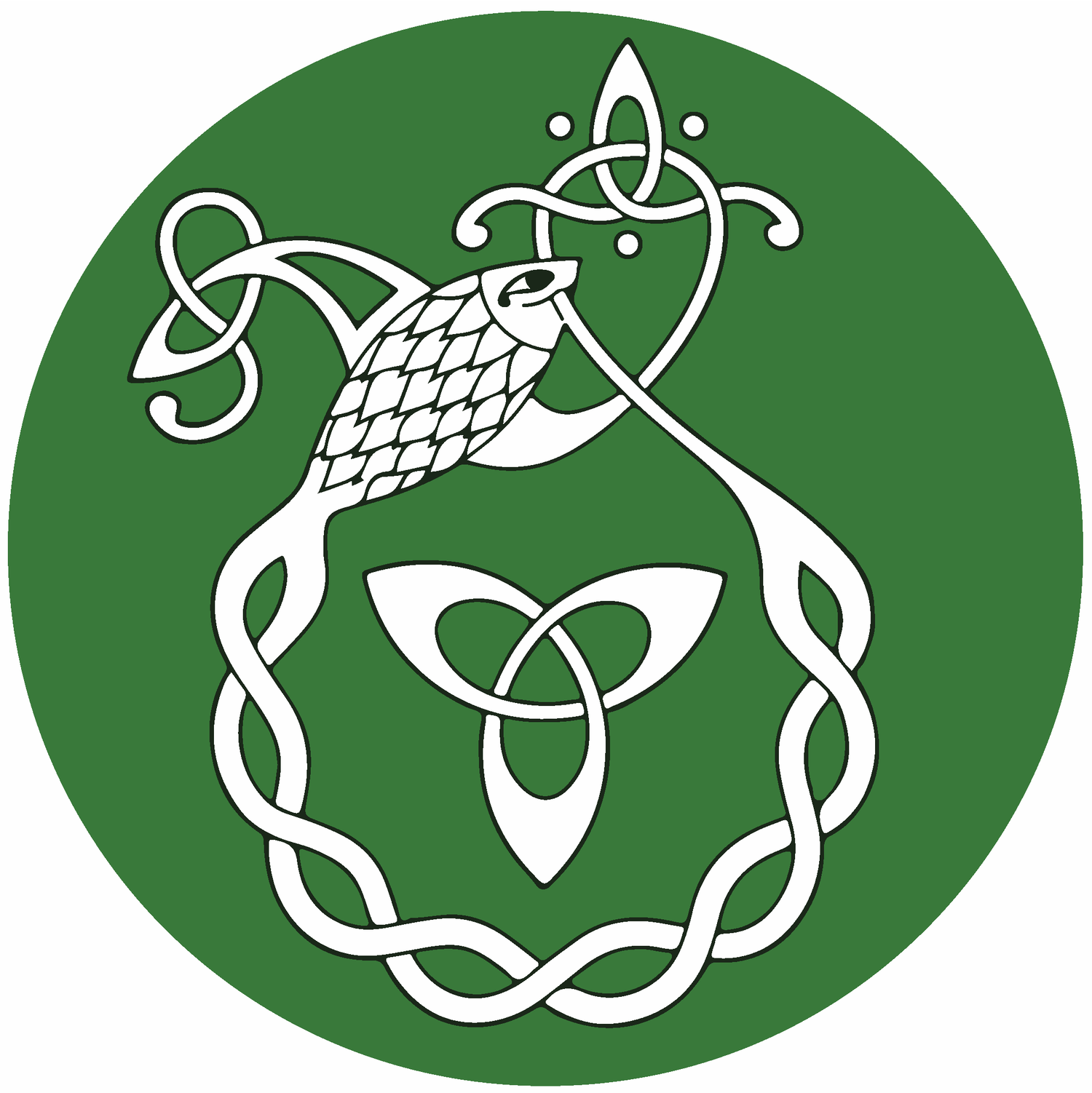Pádraig Ó Mreinn
1798-1875, active in St-Malachie, Québec
Pádraig Ó Mreinn, Patrick Ryan, was born around 1798 in Drom Cliabh, Co. Tiobraid Árann. Growing up in the shadow of the British Penal Laws that restricted opportunities for Catholics, including education, Pádraig turned to the ancient manuscript tradition to connect with his language and culture. At only 19, Pádraig began chronicling poems, tales, spells, and religious teachings that resonated with him from the manuscripts and printed sources available in the rural west of Ireland at the time.
The harsh realities of absentee landlords and the consolidation of land ownership after the Napoleonic Wars seem to have influenced the Ryan family's decision to leave Ireland for Canada, marking the end of Pádraig's collecting in March of 1827. As the family prepared to sail for Québec the next month, Pádraig’s cherished manuscript was bound in cardboard and twine and apparently in haste, with pages disordered and some upside-down. This manuscript would be a tangible link to Gaelic Ireland for Ryan in his new home.
With part of the family sailing earlier than the rest, and worried about potential censorship of correspondence, Pádraig had devised a clever cypher to gauge the family's well-being in Canada. His instructions, with a decoding copy made in his own manuscript, asked his family to subtly embed certain symbols in their response letters. These included three "&C."s secretly revealing their distress in Canada, three "*"s to confirm the favorable rumours heard about Canada, and "~~~" to relay if they had been wronged during their voyage.
The second part of the family followed to Canada, and Pádraig meticulously chronicled their experiences aboard their ship while passing to Québec in a now lost journal, as mentioned by local historian Jules-Adrien Kirouac in 1909:
Patrick Ryan, l’aîné des fils, très intelligent et parlant couramment la langue irlandaise, a laissé un journal de famille. Il donne tous les détails concernant le départ de la famille depuis Tipperary à Limerick, et de Limerick jusqu’à Québec. Il fit un rapport journalier de ce qui se passait à bord du vaisseau pendant la traversée. Il raconte les fatigues du voyage depuis Québec jusqu’à East-Frampton. M. Patrick Ryan était non seulement un cultivateur intelligent et actif, mais aussi un homme très renseigné.(2)
(Patrick Ryan, eldest of the sons, very intelligent and speaking the Irish language fluently, has left a journal of the family. He gives all the details regarding the departure of the family from Tipperary to Limerick, and from Limerick to Québec. He made a daily report of what happened on board the vessel during the crossing. He tells of the strains of the journey from Québec to East Frampton. Mr. Patrick Ryan was not only an intelligent and active farmer, but also a very knowledgeable man.)
Upon reaching Québec, the family made their way south, eventually settling in the Ballyporeen (Béal Átha Póirín) Concession of Saint-Malachie, some of the first European settlers to the area. Pádraig made one final addition, a brief extension of Ireland’s ancient manuscript tradition into the Canadian backwoods - a simple note declaring his presence in Québec in August of 1827.
Pádraig safeguarded his cherished manuscript in his new home, and research by Pádraig Ó Macháin suggests that he may have left it to his godson, Fr. John O’Farrell of Saint-Malachie. O’Farrell, in turn, presented this cultural treasury to the Collège de Sainte-Anne-de-La-Pocatière in the 1870s. The manuscript lay forgotten until its outstanding cultural importance was identified through the extensive research of Pádraig Ó Macháin. It was brought to the National Library of Ireland in 2008, making a return journey to Ireland in memory of the many Irish speakers who left for Canada and were forgotten to history.(3)
The residents of St-Malachie have not forgotten their own Gaelic heritage, and hold the “Festival Celtes et Cie de St-Malachie” each year to celebrate the legacy of their Irish and Scottish ancestors.
For citation, please use: Ó Dubhghaill, Dónall. 2024. “Pádraig Ó Mreinn.” Na Gaeil san Áit Ró-Fhuar. Gaeltacht an Oileáin Úir: www.gaeilge.ca
This entry is based on the meticulous research of Pádraig Ó Macháin in his paper “A Tipperary emigrant's manuscript.”(1)
-
Ó Macháin, Pádraig. 2013. “A Tipperary emigrant's manuscript.” Tipperary Historical Journal. 96-108.
Kirouac, Jules-Adrien. 1909. Histoire de la paroisse de Saint-Malachie. Laflamme & Proulx: Québec. 75-76. (As quoted by Pádraig Ó Macháin in his research).
Ó Macháin, Pádraig. 2013. “A Tipperary emigrant's manuscript.” Tipperary Historical Journal. 96-108.






